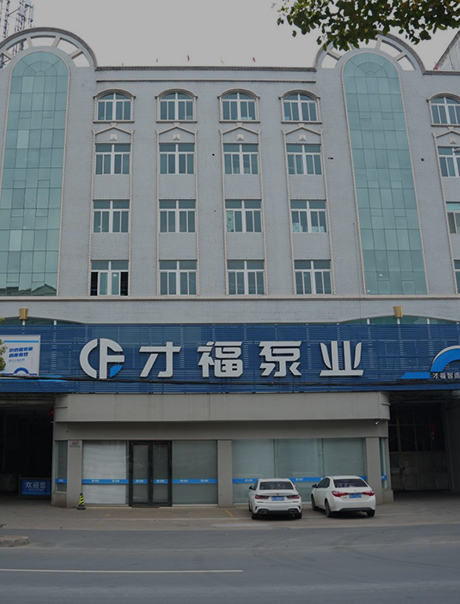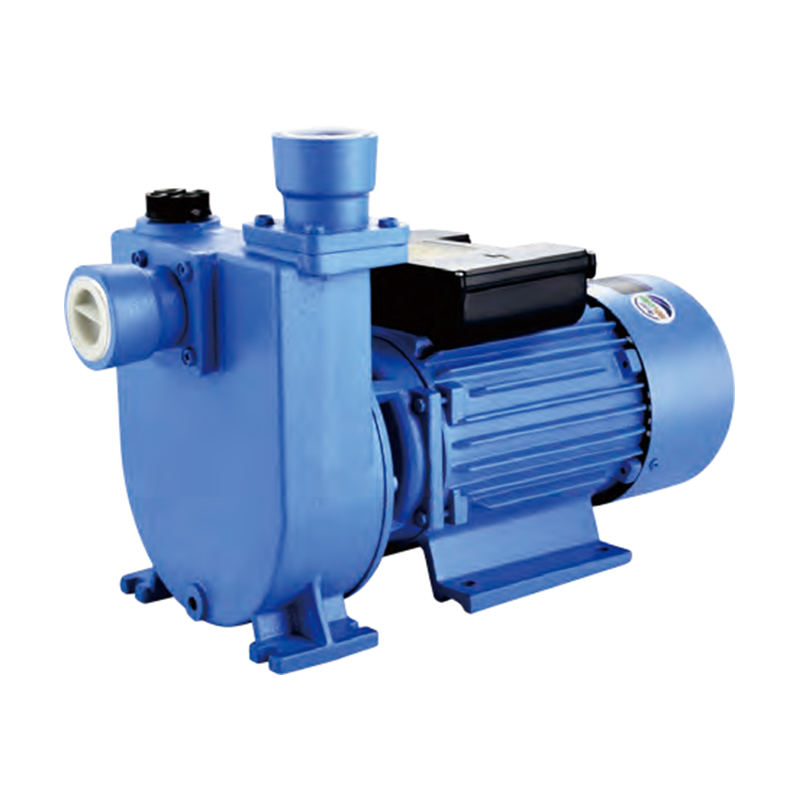Self Priming Centrifugal Pump
At its core, a Centrifugal Priming Pump consists of several key components: an impeller, casing, inlet, outlet, and motor. The impeller, typically made of materials like stainless steel or bronze, is the primary rotating element responsible for imparting kinetic energy to the fluid. As the impeller spins, fluid is drawn into the pump through the inlet due to centrifugal force. The high-speed rotation of the impeller then propels the fluid outward, increasing its velocity and pressure before exiting through the outlet.
One of the notable advantages of Centrifugal Priming Pumps is their ability to handle a wide range of fluids, including water, chemicals, oils, and slurries. This versatility makes them indispensable in industries such as agriculture, manufacturing, wastewater treatment, and mining. Moreover, Centrifugal Priming Pumps come in various configurations to suit different applications, including single-stage, multi-stage, horizontal, vertical, and submersible designs.
In addition to their versatility, Centrifugal Priming Pumps offer several operational benefits. They require less maintenance compared to other types of pumps, thanks to their simple design and fewer moving parts. Furthermore, they can operate at high speeds, enabling efficient fluid transfer over long distances and elevations. Additionally, Centrifugal Priming Pumps exhibit smooth and continuous flow characteristics, reducing the risk of pulsation and vibration in the system. Furthermore, the versatility of Centrifugal Priming Pumps extends beyond traditional industrial applications. They are also widely used in HVAC (Heating, Ventilation, and Air Conditioning) systems, municipal water supply networks, and residential settings for tasks such as water circulation, heating, and cooling. Their compact size, quiet operation, and reliable performance make them good choices for diverse applications where fluid transfer is essential.
Efficiency is another hallmark of Centrifugal Priming Pumps, with modern designs incorporating advanced engineering techniques to optimize performance. By reducing friction losses and improving hydraulic efficiency, these Centrifugal Priming Pumps can deliver impressive flow rates and pressure heads while consuming less energy. This efficiency not only lowers operational costs but also reduces environmental impact by conserving resources.
Environmental sustainability is an increasingly important consideration in pump design and operation. Centrifugal Priming Pumps manufacturers are actively exploring eco-friendly materials, energy-efficient motors, and renewable energy sources to reduce carbon footprint and reduce environmental impact. By embracing green technologies and practices, Centrifugal Priming Pumps contribute to the global effort towards a more sustainable future.
Safety is important in any industrial setting, and Centrifugal Priming Pumps are engineered with this in mind. Robust construction materials and stringent quality control measures ensure durability and reliability under demanding operating conditions. Furthermore, features such as overload protection and leak detection systems enhance operational safety, reducing the risk of accidents and downtime.
In conclusion, Centrifugal Priming Pumps play a pivotal role in fluid transfer applications across various industries. With their efficiency, versatility, reliability, and safety features, these pumps have become indispensable assets for businesses worldwide. Whether pumping water for irrigation, chemicals for manufacturing processes, or slurries for mining operations, Centrifugal Priming Pumps continue to drive productivity and innovation in countless applications.
Who we are
Caifu Pump Industry is a backbone enterprise in the domestic submersible pump, centrifugal pump and self-priming pump industries.
Caifu is a professional Centrifugal Priming Pump Company and Double Suction Centrifugal Pumps Factory, focusing on production and supply kinds of high-quality high pressure water pump. The company has strong strength, sophisticated testing equipment and complete experimental means. It has gathered a group of high-quality scientific and technological and management talents, formed obvious human resource advantages and strong technical advantages, and is in line with international standards.
The company has successively introduced internationally advanced intelligent CNC production equipment, and adopted international standard CAD drawings for auxiliary design. The company always adheres to strict implementation of standards in product design, production, sales and service and all aspects.
Caifu.

-
Industry experience
34+Founded in 1990, the company has more than 34 years of industry experience.
-
Factory area
12000㎡The company has a construction area of more than 12,000 square meters
-
Product Variety
1000+The company has more than 1,000 varieties and specifications of products.
Latest News
-
How Can an Industrial Water Pump Factory Support Efficient Operations?
Industrial water pumps are crucial for a wide range of applications, from manufacturing plants and construction sites to agriculture and municipal wa...
-
How Can a High Pressure Water Pump Manufacturer Support Industrial and Residential Needs?
High pressure water pumps are essential in a variety of industries, from construction and agriculture to cleaning and water treatment. The quality of...
-
How Do Factories Ensure Pump Performance and Quality?
Industrial water pumps are critical components in various sectors, including manufacturing, agriculture, and municipal water systems. Ensuring that t...



